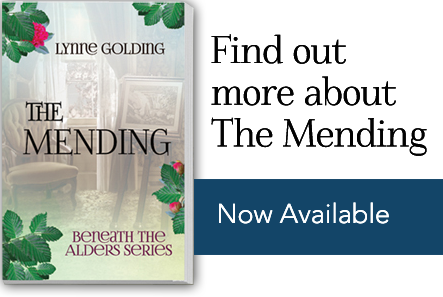
EXCERPT FROM CHAPTER 7
Click Below For a Audio Excerpt
“Don’t forget your blue cardigan!” Mother hollered up the stairs as I packed the last of my fall wardrobe into my school trunk. No reminder was really required. In the four months that I had been home for the summer, I planned for this moment almost every day. I enjoyed my time with my mother and grandfather, visiting with Frances and other Brampton friends, spending time with other family members, and working in the Carnegie Library. But the room I wanted to sleep in was my pretty blue room on the top floor of Mrs. Livingston’s house. The friends I wanted to be with were the three Ruths, the two Bessies, and the one Marjorie. The Carnegie library I wanted to be in was the Birge-Carnegie Library at Victoria College…..
There was one other reason I was looking forward to returning to Toronto. The reason … harkened back to a time …. when I was scared to walk to school on my own and to a girl new to our school who stood at the font of our class, her brother beside her, while our teacher told us about them. As our teacher spoke, I had a premonition about the girl and the lifelong friendship we would enjoy.
I had not seen Jane in over two years—not since the night of the fateful 1920 Valentine’s Day dance. The childhood dreams we had of attending university together, of living together and studying together, had all been put asunder by her poor judgement in stealing off to attend the dance at the armories …..
But things were about to change …. In the summer of 1922, [Jane] had been accepted into the nursing program at the Toronto General Hospital … In the same month that I would be moving back to Mrs. Livingston’s home to begin the second year of my studies, Jane would be moving into the hospital’s nursing residence. Her school residence would be less than ten blocks from mine….. Our friendship, which had been kept alive by letters surreptitiously delivered, was about to be stoked by visits surreptitiously taken.
***
We knew it would be difficult to arrange that first meeting. My course load was heavy and kept me fully occupied between nine o’clock in the morning and five o’clock at night. Jane’s load was even greater and her schedule far less predictable. Her day began at six thirty in the morning and sometimes went through the night. The model for teaching nursing students at the time was very much of the apprenticeship nature, with the nursing students providing much of the hospital’s labour force. Given the benefit to both patients in having the attention of the nursing students and to the hospitals in paying nothing or very little for their services, nursing schools were flourishing. In the 1920s, there were over two hundred nursing schools in Canadian hospitals…. Nonetheless, [Jane] did have one day off each week and occasional evenings. We found a night that we could meet at the end of September.
Jane was insistent that our first meeting—our reunion, as she called it—occur at a place more fitting than a Toronto park bench. She proposed a tearoom. Among the most popular tearooms for university students at the time was the Regent, located on Bloor Street just west of Yonge. There one could enjoy lunch, dinner, or afternoon tea for between twenty-five and fifty cents—not an amount to be incurred every day, but certainly an amount that could be outlaid for this momentous occasion. We met on a Tuesday, after the completion of my classes
***
How can I describe the joy we felt in finally seeing each other that evening? Our embrace was so enthusiastic, my hat fell to the floor. We laughed as I retrieved it before we went to our little table in the tearoom. We were not strangers, of course. Through our correspondence, there was barely an experience we had not already shared. Photographs too had been exchanged over the years, and so the length and shape of our hair were known to each other.
***
I thought back to my initial impression of Jane as a ten-year-old girl, tall and skinny, with long features and long hair. Mother called girls like her “unrisen bread”—girls who would round out in time and become real beauties. Jane had become a beauty, but the yeast within her had failed to rise. She was still thin, her facial features still quite angular, with a pointed nose and chin.
I thought back to the dress she wore that first day I met her—a drop-waisted lavender dress, wholly ahead of the fashion of the day. It actually did not look much different from the current dress style, which she wore with aplomb that evening: a soft grey with a taupe panel down the bodice and across the hips. The hem, just four inches or so below the knee, exposed her matte tan stockings and her cream-coloured, strapped shoes. She looked lovely.
***
We each ordered chicken croquettes and pickles as we caught up on the past week. After I ate the last piece of pastry, I asked “The Question.” It was a question I had asked dozens of times over the past two and a half years. It was a question she refused to answer by letter. “Someday I will tell you,” she promised, “but only in person.”
“Jane,” I asked, this time aloud, “why will your parents not let you associate with me? What do they think I did?”…..
Jane looked down at her empty plate. The waitress came to retrieve it. “Dessert, ladies? The cook has made some lovely biscuits.” Jane ordered two, and then, before the waitress moved too far away, increased the order to four.
“We may be here for a bit,” she said….

To Order Your Copy of
The Mending
select one of these links.


